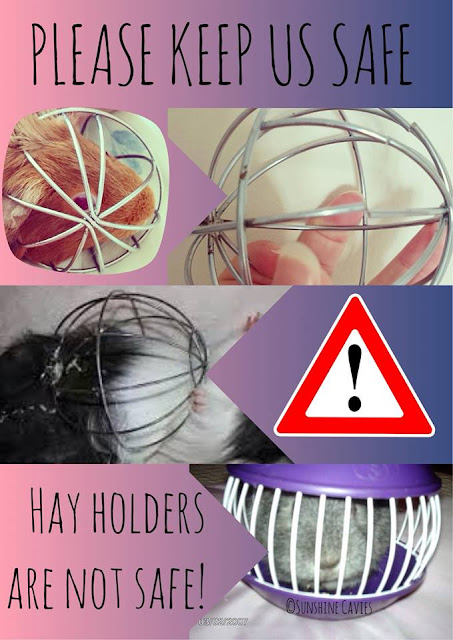Bonding Rabbits: The Basics
The Basics:
• When you first bond, both rabbits should be spayed/neutered. This will help with bonding, because if you do try to bond a young baby bunny to an adult who is already neutered or spayed, hormones develop when the Bunnies reach their puberty stage (or teenage stage) at 3-4 months old.
Hormones in bunnies can be stressful on both bunnies and humans. Some rabbits, especially males like to spray with their urine, and mark their territory. Intact rabbits also like to chase other rabbits, with their tail straight up in the air. The hormones of intact rabbits may drive the altered bunnies mad, resulting in possible fights.
• Rabbits do not need to be the same size or breed. A Netherland Dwarf could bond with a Flemish Giant. It's all about personality, not about size. But you also don't want either bunny to harm each other in the bonding process.
The most recommended pairing is a neutered male and a spayed female, but same gender bunnies can bond just as well.
• It is essential when bunnies come home from a spay or neuter that they have a healing time of 2 weeks. During this healing process male and female Rabbits need to be kept separate for 6-8 weeks. Male Rabbits are still fertile after their surgery.
The Bonding Process
Learn about the steps and process to begin bonding your bunnies.
Image Credits:
©Winter and Bruno https://www.facebook.com/BrunoWinter-And-Jumpers-Bunny-Page-396483020525101/?fref=ts
©Misiek aka Prince Liam https://www.facebook.com/Misiek-aka-Prince-Liam-536894889783248/?fref=ts
©Mango & Finn https://www.facebook.com/mangoandfinn/






Comments
Post a Comment